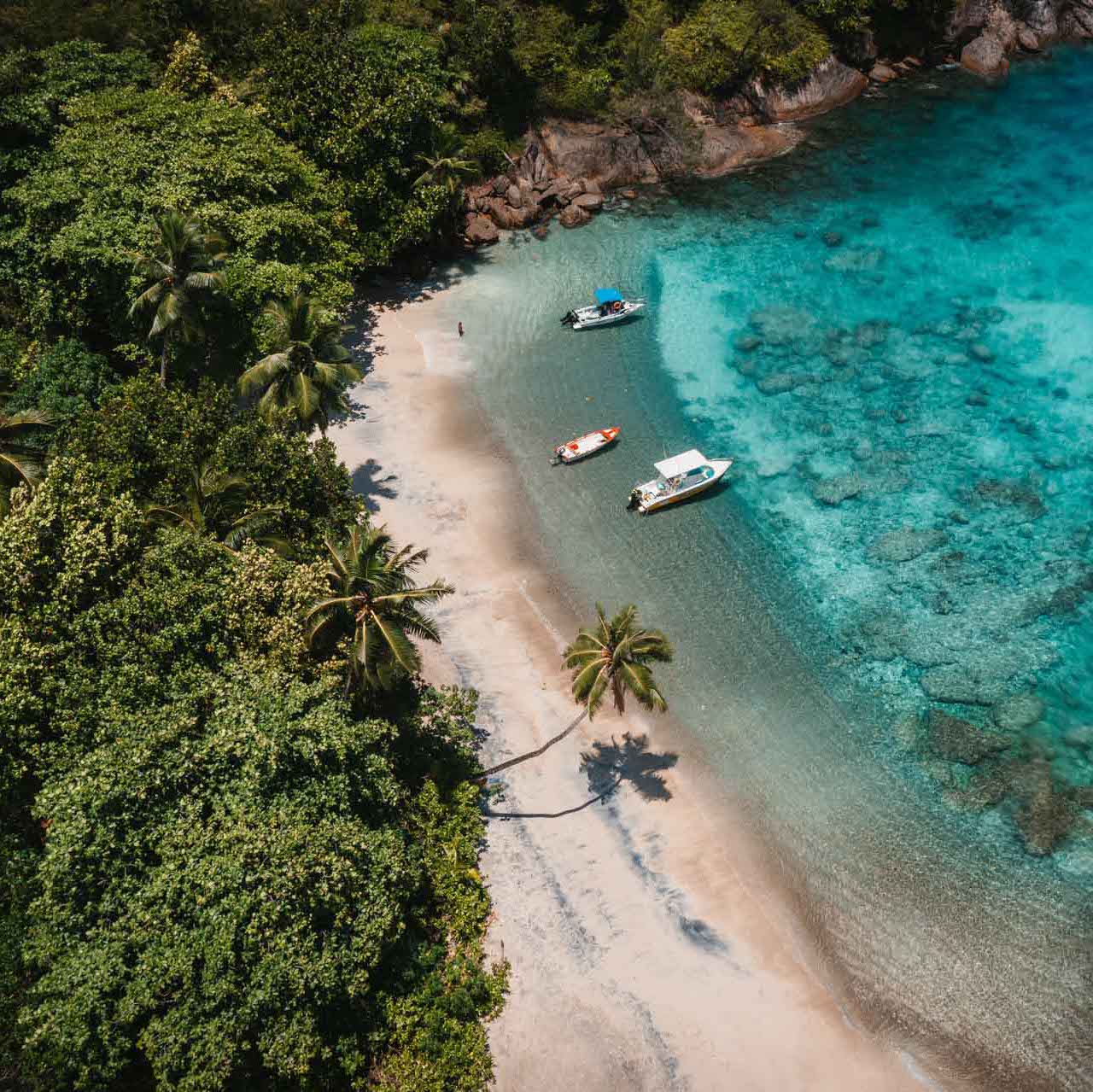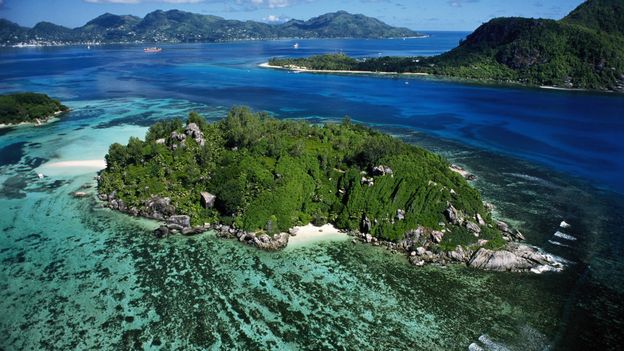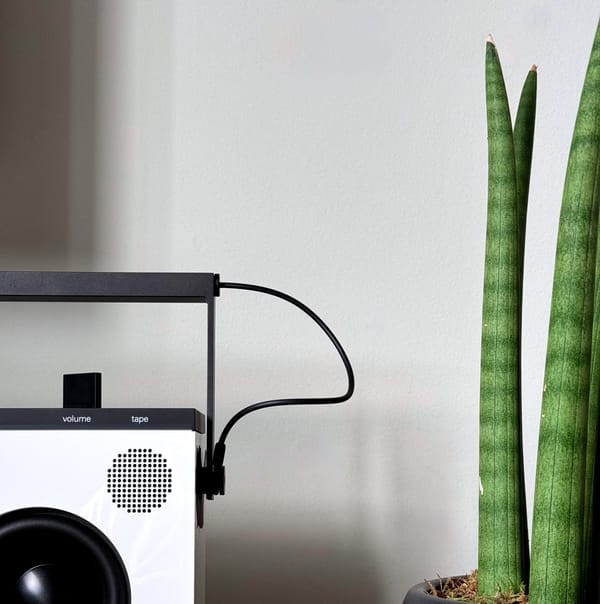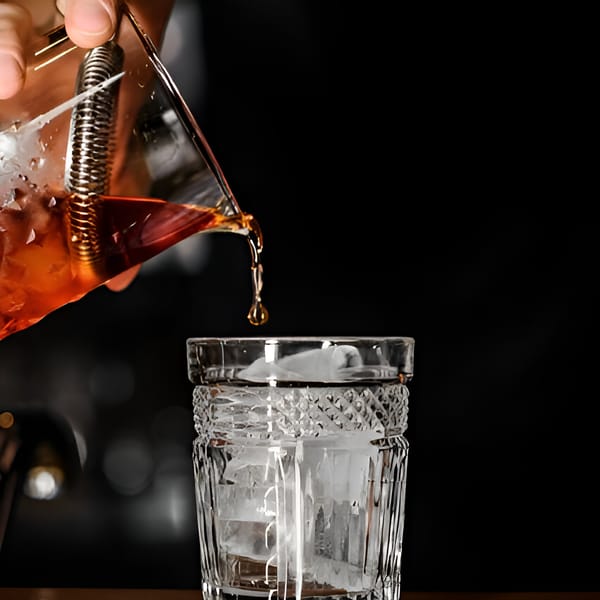Moyenne Island

Most people who buy their very own tropical island do so in the pursuit of luxury. Brendon Grimshaw was different. So, too, was Moyenne, the island in the Seychelles that Grimshaw bought.
Brendon acquired the island for £10,000 in 1962 and set out to make the island habitable. He did this with the help of 19-year-old local fisherman, René Antoine Lafortune. They operated the island as a nature reserve, charging visitors €12 to spend the day on the island and dine at the "Jolly Roger" restaurant.
"His vision was to leave an unspoiled island for future generations of Seychellois and the world," said Suketu Patel, who first met Grimshaw in 1976 and became a lifelong friend. "He wanted a mini-Seychelles. He wanted to try and replicate what Seychelles and its islands were like before tourists came."
Grimshaw and Lafortune planted 16,000 trees, built 4.8 kilometers of nature paths, and brought and bred giant Aldabra tortoises, aiming to create an incredibly beautiful island.
Besides a wide variety of plants and birds, the island is home to around 120 giant tortoises. In 2012, according to Grimshaw, the oldest one was 76 years old and was named Desmond by his godson.
In 1996, Grimshaw wrote a book about himself and the island, titled "A Grain of Sand." In 2009, a documentary film about Grimshaw and the island was released, called "A Grain of Sand."
After 20 years of persistence, Grimshaw and his assistant Lafortune achieved their goal of turning Moyenne Island into its own national park, separate from the Sainte Anne Marine Park. The island is now known as Moyenne Island National Park. It is located 4.5 kilometers away from the main island of Mahé.
In 2013, after the island received its status as its own national park, a new cabin was built, and a guard was stationed on the island, collecting the entry fee from tourists. Grimshaw passed away in Victoria, Mahe, in July 2012.





